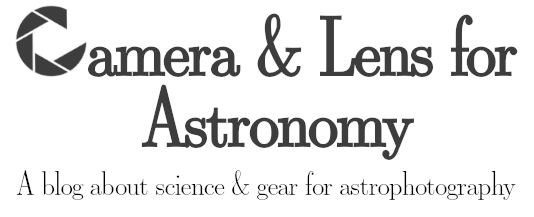Date published: 2016-08-09
Testing Nikon TC-17E II and TC-20E III with Nikkor AF-S 70-200 1:2.8 ED VR and Nikkor 200-400 1:4 ED VR
For more than one year I am now carrying Nikon’s 2x teleconverter TC-20E III in my camera bag. I bought it from a local store in good used condition, with intent to get more reach with my Nikon D300 (which is APS-C sized) and the Nikon AF-S 70-200mm f/2.8 VR lens. Since this lens is very fast and its image quality superb, the 2x teleconverter would still allow for high shutter speeds at f/5.6 on bright summer days when doing wildlife, e.g. bird photography.
So far the theory, but after taking my first shots with the 2x converter attached to Nikon’s 70-200mm f/2.8 VR, I was really disappointed with the results. Images taken at the widest aperture through the TC are of poor quality and very smooth, not sharp at all. Stopping down improves the quality, but still not to a level I would be satisfied with.
Now comes the surprise! Just recently, I got hold of a very nice and sharp Nikkor AF-S 200-400mm f/4 ED VR lens, which came together with the teleconverter TC-17E II, both in very good used condition. When using the 1.7x teleconverter on that lens for the first time, I was really “shocked”, because the image quality was only slightly degraded and very sharp. Next, I attached the 2x teleconverter TC-20E III to the Nikkor AF-S 200-400mm f/4 ED VR as well and was likewise astonished by the image quality, which was still good and reasonably sharp.
Remark: Teleconverters and Autofocus performance
Autofocus is getting much slower with the TCs attached. However, although the D300 is not explicitly mentioned on Nikon’s TC compatibility chart, apparently the camera supports f/8 autofocus and the Nikkor AF-S 200-400mm f/4 ED VR will autofocus when either of the TCs under consideration is attached.
TC Image Quality Comparison using SpyderLensCal
In order to make a fair comparison, I decided to setup a typical lens calibration session with SpyderLensCal (the distance was 5m, so that enough focus path was left on both lenses). That way, I would get a fair image quality comparison of the lenses and the TCs, and would at the same time calibrate all my camera+lens+TC combinations. Both, SpyderLensCal and my camera were mounted on a tripod. Shots were made with my D300 using different AF finetuning settings. Vibration Reduction (VR) was turned off, ISO set to 200 and the largest aperture was chosen using aperture priority mode. The resulting shutter speed was always faster than 1/500s. SpyderLensCal and my D300 were brought onto the same optical axis through leveling SpyderLensCal with its integrated bullseye bubble level and the camera using the hot-shoe to level with a common level meter.
Results
The distance between the camera chip and the calibration device was always 5m, but since the focal length changed with each lens+TC combination, I decided to scale down each frame to a focal length of 200mm and then make equal crops around SpyderLensCal’s ruler and save a JPG file. That way, all images can be compared on a pixel-by-pixel basis and more easily displayed here. However, down-scaling and cropping does not have any effect on the results and all images shown below are very good representations of the true RAW images I have taken.
Nikkor 70-200mm f/2.8 ED VR @ 200mm f/2.8
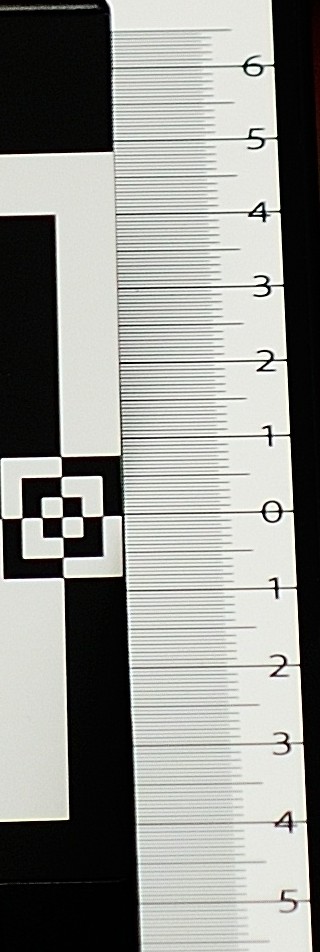


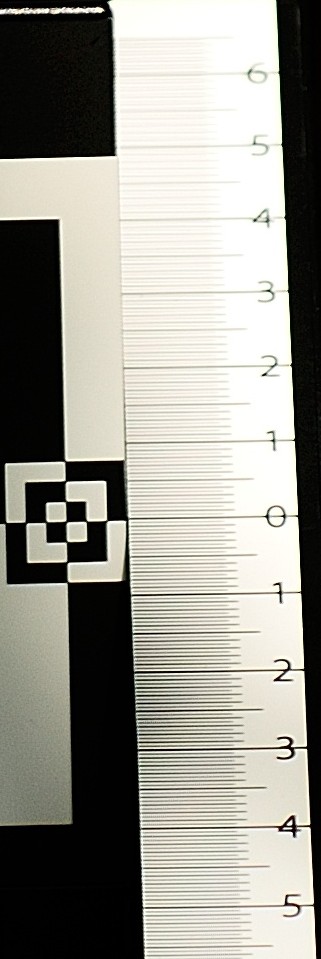

This basic setup of camera and lens gives already good results, even without AF finetuning. However, slight frontfocus can be identified and an AF correction of +5 seems to give sharpest results.
Nikkor 70-200mm f/2.8 ED VR + TC-17E II @ 340mm f/4.8




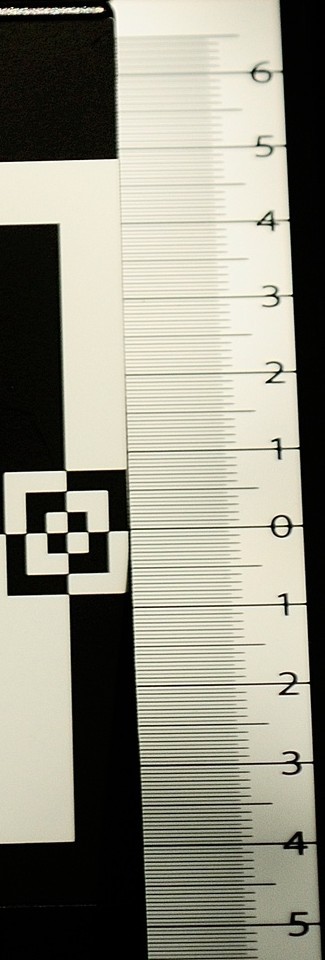
With the 1.7x teleconverter attached, the image quality decreases and it seems that the frontfocus issue is getting worse than without TC. Moreover, the overall smoothness makes it hard to find the best solution. However, AF finetuning of +10 gives good results.
Nikkor 70-200mm f/2.8 ED VR + TC-20E III @ 400mm f/5.6





With the 2.0x teleconverter attached, the image quality decreases quite drastically and strong frontfocus can be identified. The tendency of how AF finetuning changes the results is clearly seen in the above images. The total focal plane shift is so large that my final best result is found with a AF finetuning value of +20, which is not shown above. However, in the real world I would not consider using this combination since the image quality is very poor.
Nikkor 200-400mm f/4 ED VR @ 400mm f/4




This lens is really great and extremely sharp out of the box. However, also here a slight correction for frontfocus, i.e. an AF finetuning value of +3 was found to give best results.
Nikkor 200-400mm f/4 ED VR + TC-17E II @ 680mm f/6.8
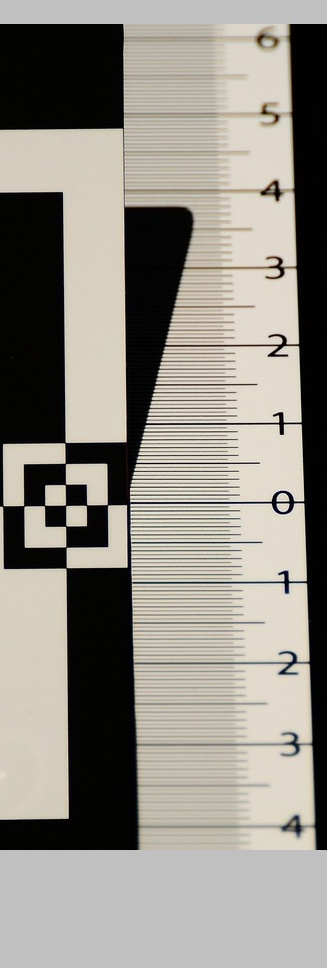
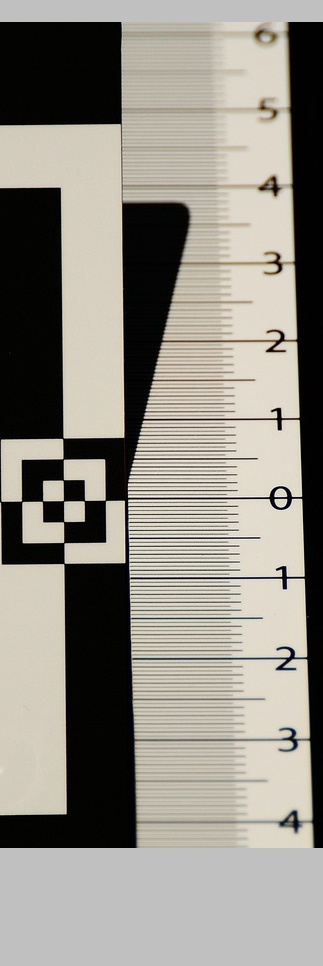
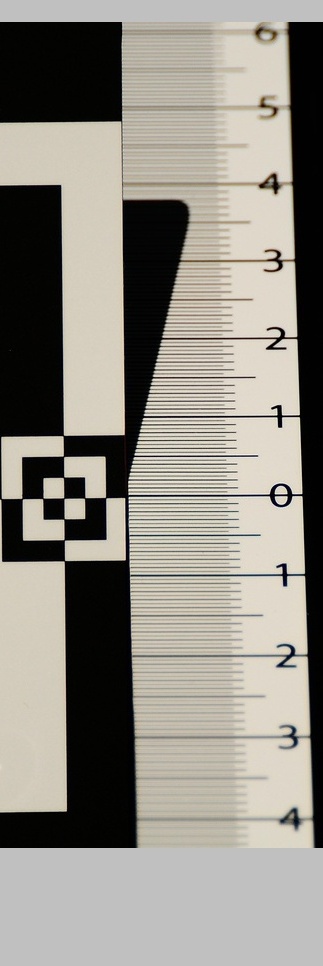
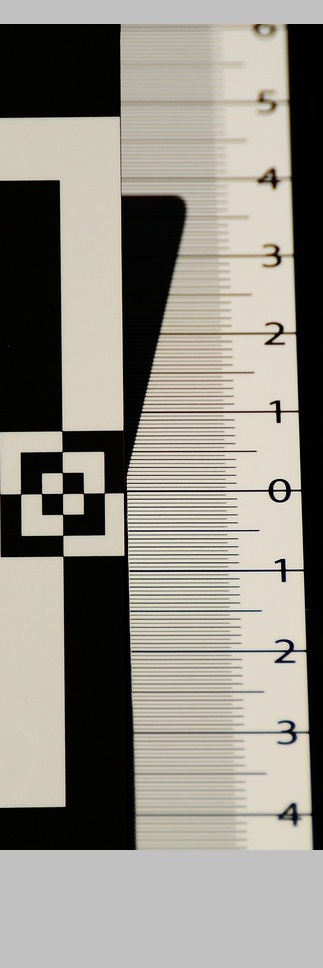
In contrast to the poor performance of the TC-17E II in combination with the Nikkor 70-200mm f/2.8 VR lens, the image quality here is reasonably good, in particular after applying an AF finetuning value of +7.
Nikkor 200-400mm f/4 ED VR + TC-20E III @ 800mm f/8



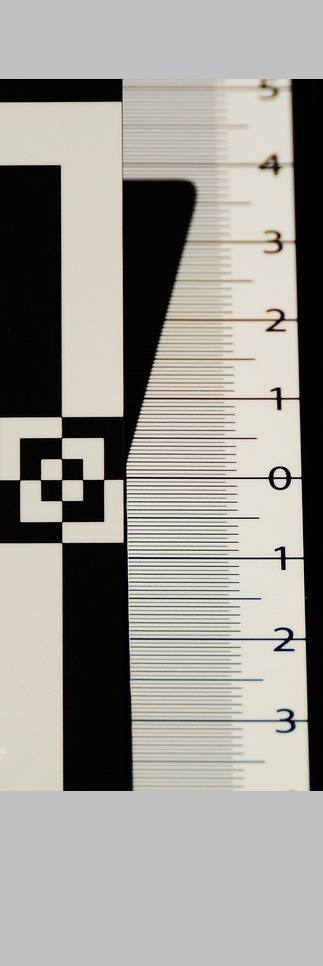
In contrast to the extremely bad performance of the TC-20E III in combination with the Nikkor 70-200mm f/2.8 VR lens, the image quality here is still reasonably good, in particular after applying an AF finetuning value of +7.
Conclusion
Teleconverters decrease AF speed, in particular in low-light, low-contrast situations. However, when using a Nikon body which allows to autofocus at f/8, AF is still working considerably well even with the Nikkor AF-S VR 200-400mm f/4 lens. The image quality of teleconverters can drastically change when using different lenses. In the case presented here, either of the two teleconverters, TC-17E II and TC-20E III performed very bad on the Nikkor AF-S VR 70-200mm f/2.8 lens, i.e. producing very smooth images. On the other side, when attaching to the Nikkor AF-S VR 200-400mm f/4 lens, the image quality was only slightly decreased (in particular the 1.7x converter performs very well) with images that are reasonably sharp. However, the loss of light is then significant and such combinations presumably only work in environments that provide a sufficient amount of light.
